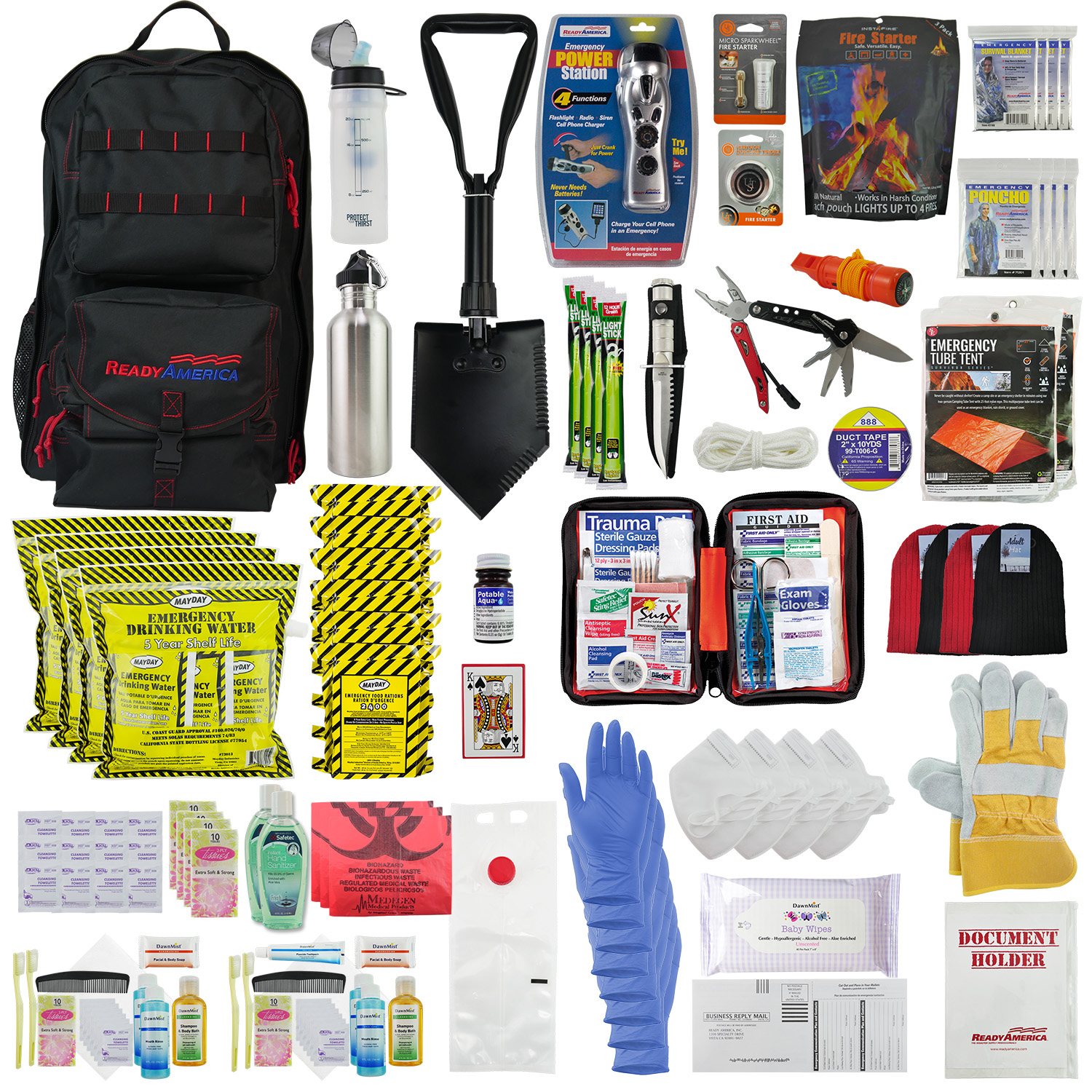How to Create a Detailed Emergency Situation Preparedness Plan
In the world of preparedness, establishing an extensive emergency plan is not just a job to check off a list; it is an essential keystone of any kind of organization or person's durability method. By diligently crafting a plan that addresses numerous facets of emergency situation administration, consisting of risk assessment, interaction protocols, source appropriation, and calculated decision-making, one can lay a solid structure for protecting procedures, lives, and properties.
Value of Emergency Readiness
Emergency readiness is critical for alleviating potential dangers and ensuring the security of people and communities. In today's globe, where natural catastrophes, public health situations, and other emergencies can strike without warning, being prepared can make a substantial difference in reducing the influence of these events. By having a well-thought-out emergency situation readiness plan in position, organizations and people can respond effectively, protect lives, and decrease residential or commercial property damage.
One of the main reasons that emergency situation readiness is important is its role in saving lives. When emergency situations occur, having a plan that outlines clear procedures for interaction, emergency situation, and discharge response can help individuals act promptly and emphatically. This can protect against injuries and fatalities by making sure that individuals understand what actions to take to remain safe
Moreover, emergency preparedness enhances the durability of communities. By fostering a society of preparedness and preparation for various circumstances, communities can recover faster from interruptions and calamities. This resilience is essential for keeping security, connection of procedures, and total well-being when faced with adversity.
Assessing Prospective Dangers
Taking into consideration the significance of being gotten ready for unanticipated events, the first step in developing a reliable emergency readiness plan includes extensively evaluating and evaluating prospective threats. This evaluation requires an extensive review of all feasible hazards that can affect the organization, taking into consideration factors such as place, market, and historic information on cases. By recognizing these threats, organizations can prioritize their readiness efforts and allot resources effectively to minimize the most substantial hazards.
Common risks that companies may deal with include all-natural catastrophes like storms, quakes, or floodings, technological hazards such as power outages or data breaches, as well as human-caused dangers like accidents or willful acts of physical violence. Conducting a risk evaluation also includes considering the potential impact of these events on the company's operations, employees, consumers, and credibility. By performing an extensive danger assessment, companies can establish customized emergency action strategies that resolve their particular vulnerabilities and ensure efficient readiness for any possible situation.
Producing a Communication Strategy
Creating a clear and detailed communication plan is essential for reliable emergency readiness within companies. In times of crisis, communication plays a vital role in guaranteeing the security and well-being of employees, stakeholders, and the area. A well-thought-out communication plan need to outline clear lines of communication, designate crucial personnel accountable for interaction jobs, and establish procedures for distributing information quickly and properly.
One key aspect of producing an interaction his explanation plan is determining alternating and key communication networks (EMERGENCY PREPAREDNESS). These can consist of e-mail, text messaging, phone trees, social media systems, and public address systems. It is important to make certain that these networks are reliable, accessible, and consistently examined to assure their efficiency throughout emergency situations

Structure an Emergency Package
Offered the essential relevance of preparedness in times of crisis, a key element that organizations have to resolve is the establishment of an emergency situation set. When setting up an emergency situation kit, it is vital to take into consideration the specific requirements and scenarios of the organization. In addition, organizations need to consist of crucial records, such as call checklists, insurance coverage information, and emergency situation action plans, in water resistant containers within the set.
Developing Evacuation Treatments
To ensure the safety and orderly emptying of workers throughout emergencies, organizations should develop effective and clear emptying treatments. Discharge procedures must encompass a series of possible situations, including fires, all-natural calamities, or various other emergency situations that need swift evacuation.

Furthermore, companies should develop a system for audit for all personnel during an emptying to ensure that everybody has securely exited the facilities. Interaction plays a crucial role in discharge treatments, with clear instructions on just how to evacuate and when to do so. Routine evaluation and upgrading of discharge treatments based upon responses and changing circumstances are important to maintaining the efficiency of the strategy.
Final Thought
In conclusion, establishing a detailed emergency situation preparedness plan is important for making certain the safety and well-being of people in case of a calamity (EMERGENCY PREPAREDNESS). By analyzing possible risks, creating a communication plan, building an emergency set, and establishing emptying procedures, individuals and companies can be much better outfitted to respond effectively to emergencies. It is important to focus on readiness initiatives to alleviate the influence of calamities and secure lives and residential property
In the world of preparedness, establishing a comprehensive emergency situation strategy is not merely a job to examine off a checklist; it is a crucial keystone of any organization or person's durability strategy. When emergency situations occur, having a plan that outlines clear treatments for emergency, interaction, and emptying response can help people act promptly and emphatically. check this site out. By performing an extensive danger analysis, companies can create tailored emergency action strategies that resolve their particular susceptabilities and guarantee efficient preparedness for any kind of potential crisis
Establishing a thorough and clear interaction strategy is crucial for reliable emergency preparedness within companies. By analyzing possible risks, creating a communication strategy, building an emergency situation package, and developing discharge companies, individuals and procedures can be better equipped to react successfully to emergency situations.